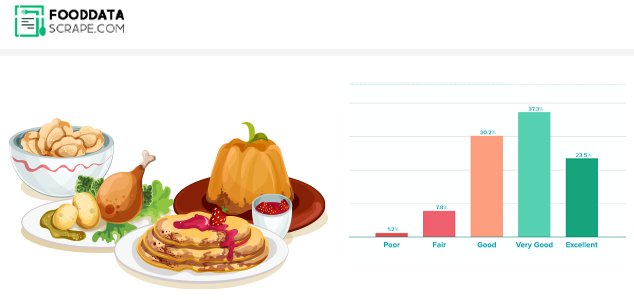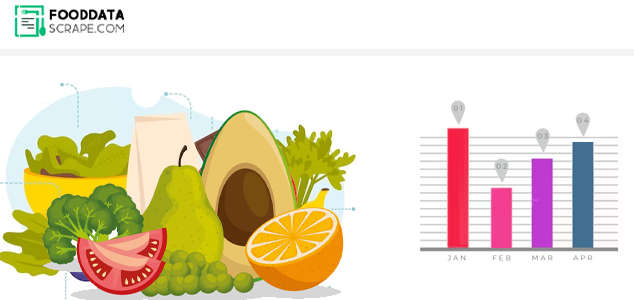The Client
The client, a food-tech analytics company specializing in taste personalization and culinary intelligence, approached us to Extract Flavors and Ingredients Data from Zomato Menu across major Indian cities. Their primary objective was understanding which flavor profiles and ingredients were most commonly used in top-ordered dishes to build a predictive model for consumer preferences. They needed accurate, structured insights that could help restaurants design better menus and marketers develop region-specific campaigns. We offered Web Scraping Zomato for Dish Flavor Analysis to achieve this, capturing essential elements such as dish names, ingredient lists, spice levels, and flavor tags. By implementing tools to Scrape Ingredient Data from Zomato Food Menus, we enabled the client to map out taste trends across regions, cuisines, and dietary preferences. This empowered them to offer hyper-personalized recommendations and deliver meaningful insights to their partner restaurants and food delivery platforms.
Key Challenges
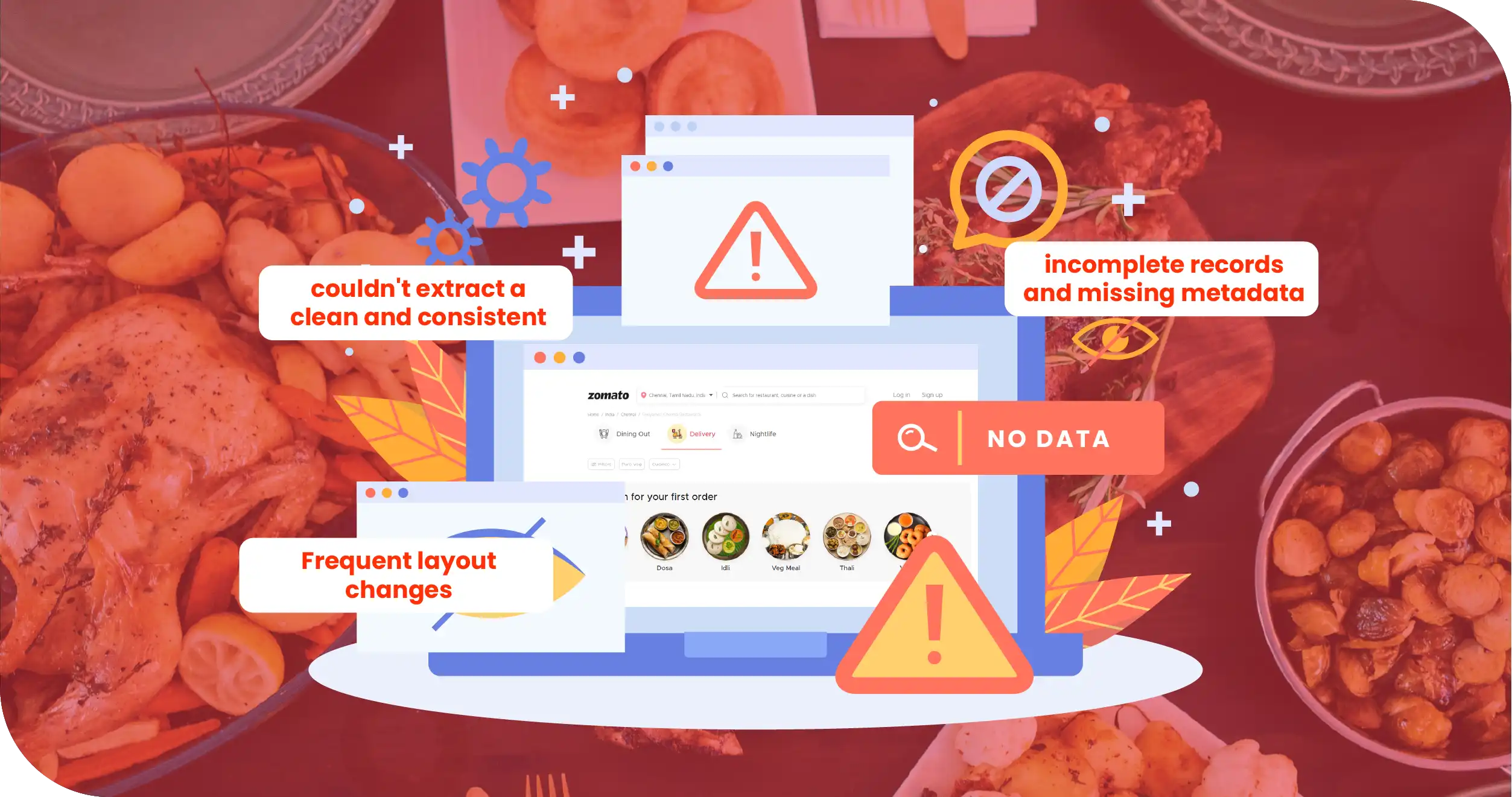
1. The client lacked a reliable system for Scraping Zomato Menus Data for flavor trends, making it challenging to track ingredient patterns and flavor profiles across diverse cuisines and regions.
2. Their existing tools couldn't extract a clean and consistent Food Delivery Dataset from Zomato, resulting in incomplete records and missing metadata like spice levels, taste descriptions, and dietary classifications.
3. Frequent layout changes on the platform made Zomato Food Delivery Data Scraping unstable, leading to delays in analysis and difficulty scaling their insights for real-time business use.
Key Solutions
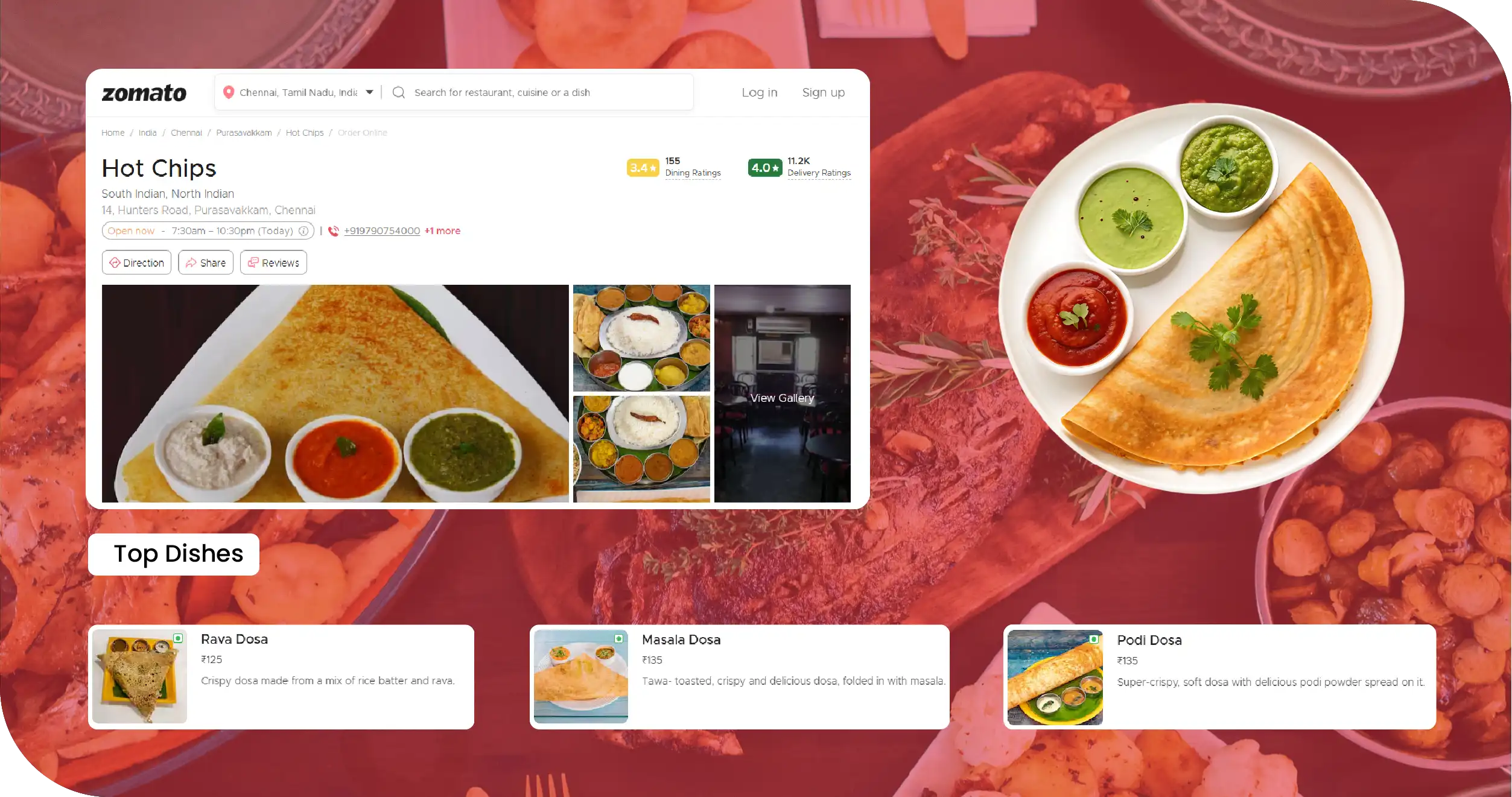
- We provided customized Food Delivery Data Scraping Services, enabling the client to gather structured, real-time data on dish names, ingredients, and flavor descriptions across thousands of Zomato listings.
- Our advanced Restaurant Menu Data Scraping solutions captured detailed metadata such as spice levels, dietary tags, and regional flavor variations to support the client's flavor analysis models.
- We deployed robust Food Delivery Scraping API Services to automate data extraction, ensuring scalability, accuracy, and seamless integration with the client's analytics platform for continuous insights.
Methodologies Used
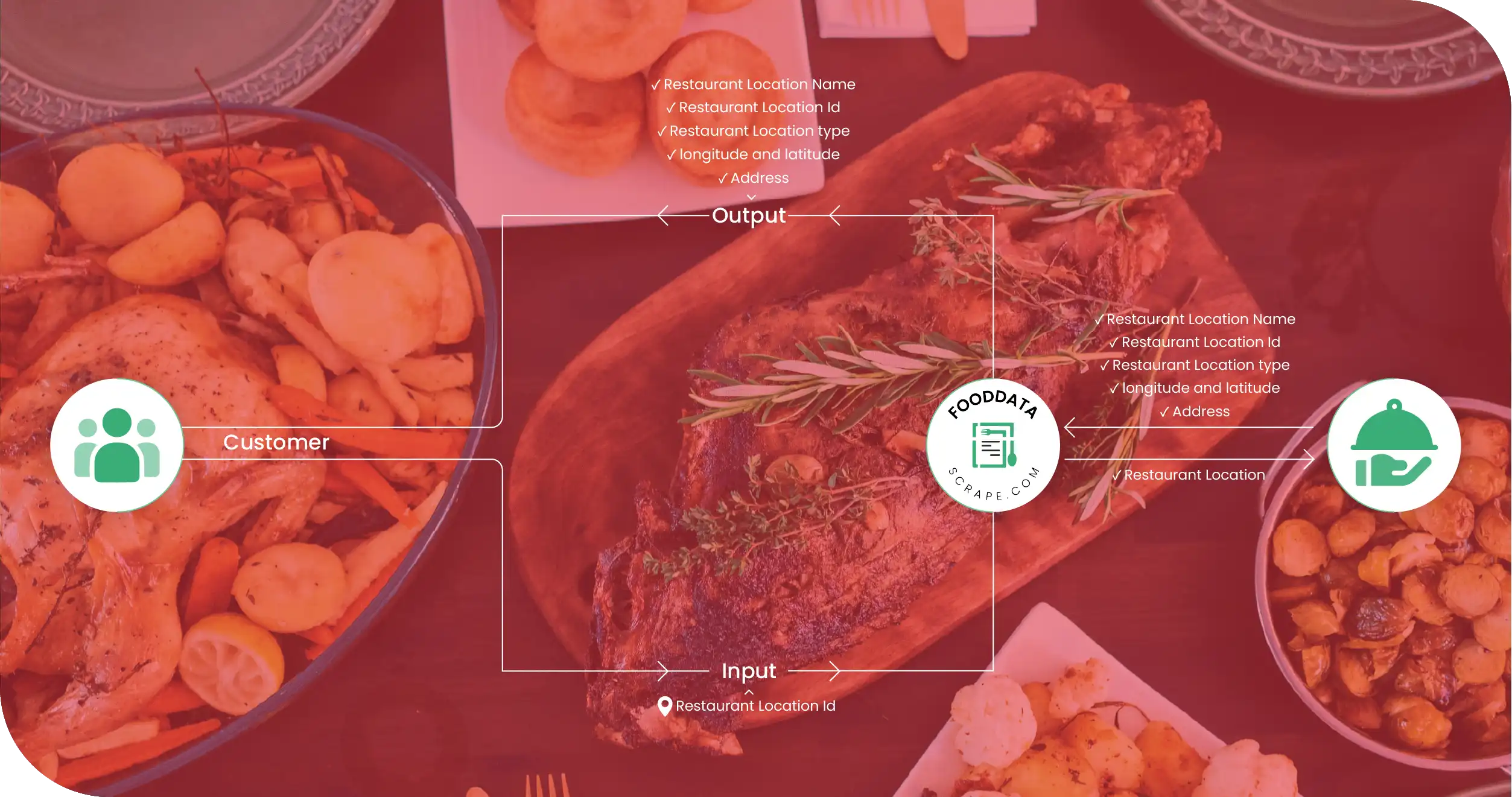
- Menu Classification: We organized dishes by cuisine, region, and type using our Restaurant Data Intelligence Services. This classification helped identify frequently used ingredients, seasonal patterns, and regional preferences, enabling the client to tailor offerings and track culinary trends effectively.
- Flavor Analysis: We applied NLP techniques through Food Delivery Intelligence Services to analyze dish descriptions and customer reviews. This allowed us to map flavor profiles like spicy, sweet, and tangy, helping the client uncover consumer taste preferences across multiple regions.
- Price Monitoring: We developed a Food Price Dashboard that tracked price points of similar dishes across various cities. It helped the client compare ingredient-based pricing, monitor competitor menus, and align their strategy with consumer spending behaviors and market shifts.
- Dataset Structuring: Our team curated detailed Food Delivery Datasets featuring dish names, ingredients, dietary tags, and flavor notes. These structured datasets provided the foundation for accurate, scalable insights that supported real-time analytics and strategic decision-making for the client.
- Automated Extraction: We implemented automated scraping pipelines to ensure fresh and accurate data updates. This methodology enabled continuous tracking of Zomato's menu changes and maintained the integrity of all extracted information for timely insights and reporting.
Advantages of Collecting Data Using Food Data Scrape
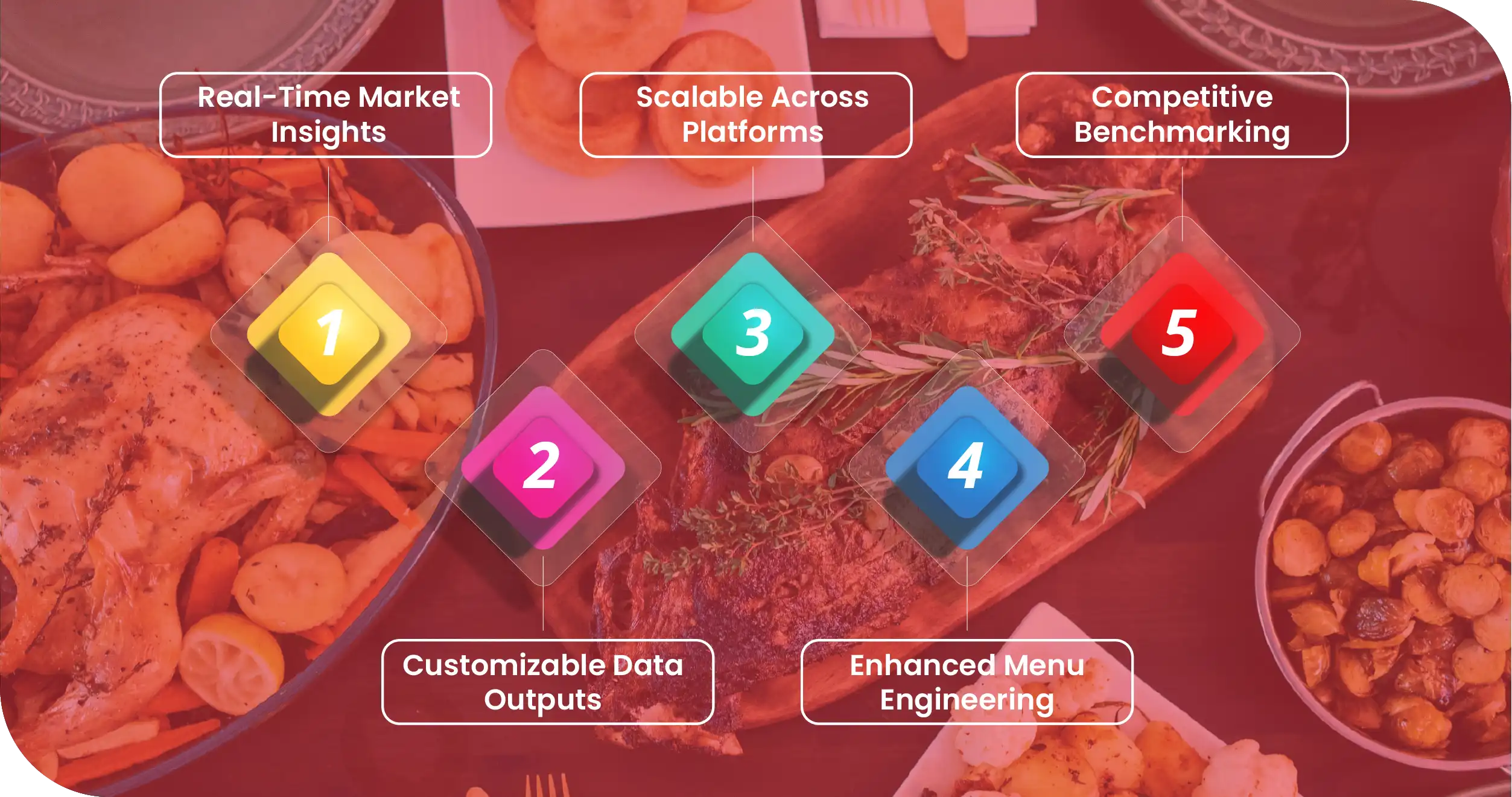
1. Real-Time Market Insights: Access real-time data from top food delivery platforms like Zomato, Swiggy, Uber Eats, and Deliveroo to stay updated with the latest food trends, pricing changes, and consumer preferences.
2. Customizable Data Outputs: Receive structured data in your preferred format—CSV, JSON, or via API—tailored to your business needs, including ingredients, flavors, prices, restaurant details, and dish popularity.
3. Scalable Across Platforms: Our services support large-scale scraping across multiple geographies and platforms, helping you efficiently track food trends, competitor menus, and regional pricing patterns.
4. Enhanced Menu Engineering: Use ingredient and flavor insights to optimize your restaurant's offerings, identify gaps in the market, and create menus that align with consumer demand and dietary trends.
5. Competitive Benchmarking: Compare dish pricing, ingredient use, and popularity across different restaurants to sharpen your positioning, create targeted promotions, and drive smarter decision-making with actionable data.
Client’s Testimonial
"Their food delivery data scraping service gave us unmatched visibility into ingredient trends, dish popularity, and pricing across major platforms. It completely transformed how we build menus and strategize promotions. Fast, reliable, and incredibly insightful."
—Head of Product Strategy
Final Outcomes:
The final results delivered exceptional value to the client by providing a comprehensive, structured dataset of flavors, ingredients, and dish trends across multiple regions and cuisines. Our solution enabled them to analyze consumer preferences at scale, optimize menu offerings, and launch hyper-targeted marketing campaigns. With accurate and continuously updated data, the client could confidently develop predictive models, identify emerging food trends and benchmark against competitors. The clean integration into their existing analytics platform allowed for faster decision-making and greater personalization in recommendations. The insights helped them unlock new revenue streams and strengthen partnerships with restaurants and food delivery platforms.























































































